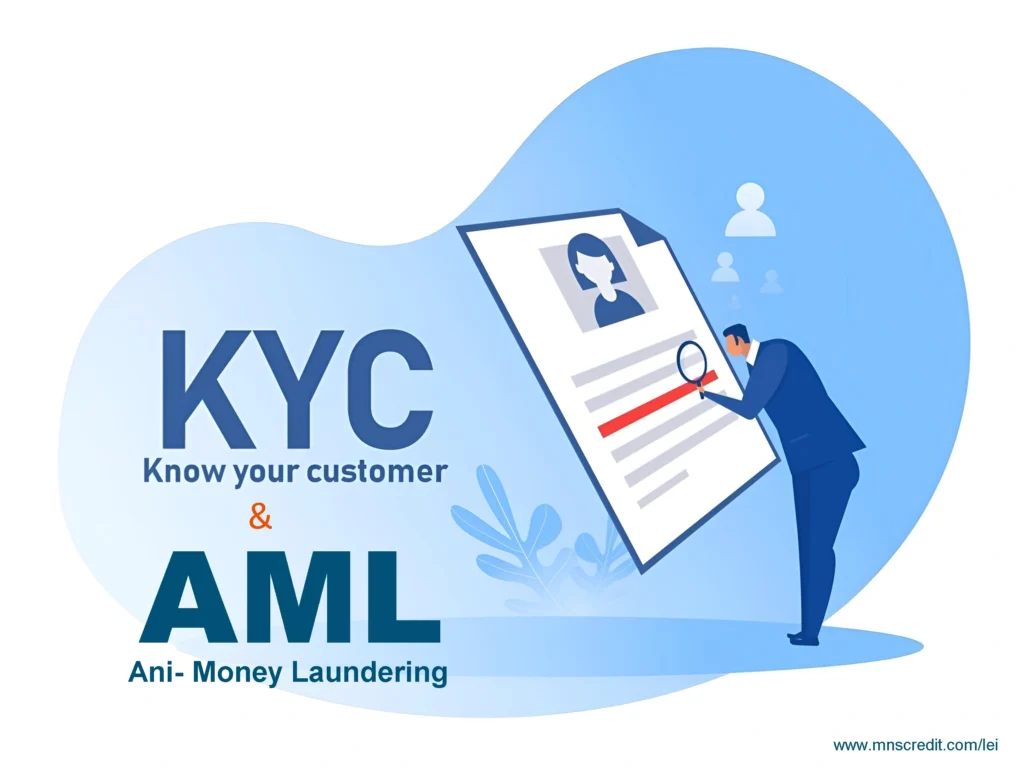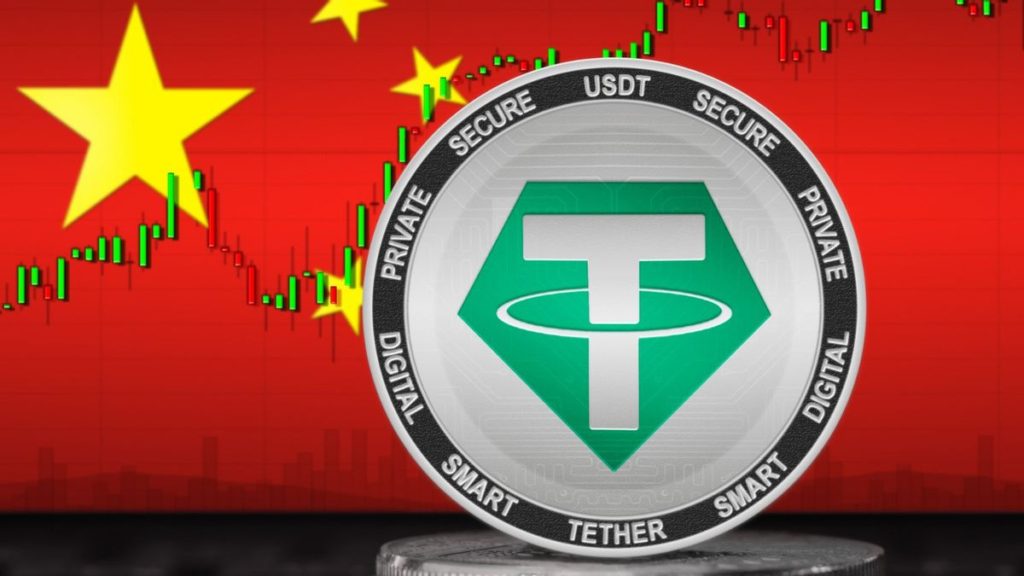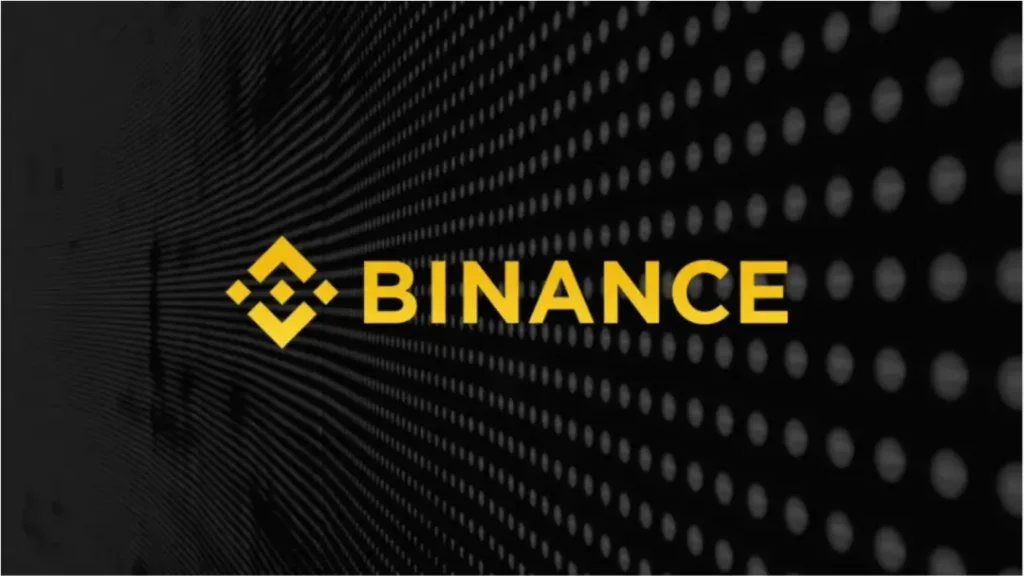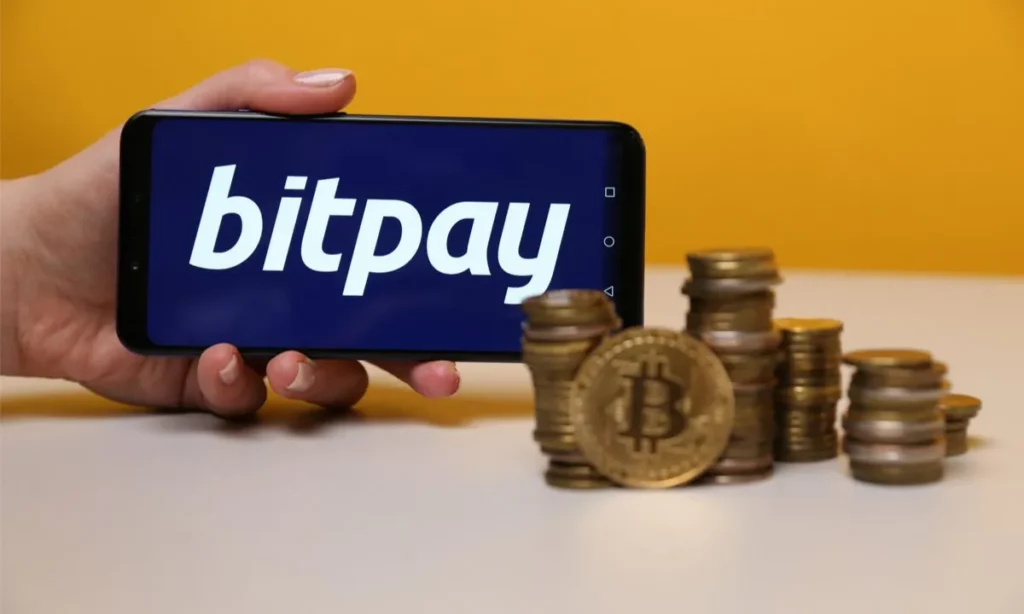You’ve earned some USDT through NFTs — congrats. But before you swipe that crypto card or trade on P2P, let’s talk about the part many forget: compliance. Turning NFT income to real spending is totally possible — but depending on where you live, it may come with legal steps and requirements. Ignore those, and you could face trouble down the line.
Let’s break down how to turn NFT income to real spending the right way, ensuring you stay compliant and avoid potential legal issues.
Let’s break KYC, AML & Why You Can’t Stay Anonymous Forever
Here’s the reality: most platforms that help you turn NFT income to real spending (Binance, Crypto.com, KuCoin, etc.) now require KYC — Know Your Customer. That means submitting documents, proving who you are, and sometimes explaining where your money comes from.
Why? Because of anti-money laundering (AML) laws. Governments want to make sure you’re not funding shady stuff — and yes, crypto counts.
Some P2P platforms and gift card options skip KYC, but those may raise red flags with banks or tax agencies. If you’re planning to go mainstream with your crypto income, identity verification is part of the deal.

NFT Income to Real Spending: Is It Legal to Cash Out NFT Income?
Short answer: Yes, in most countries.
But — and it’s a big but — only if you do it right. That means:
- Using regulated platforms
- Declaring your income if local tax laws require it
- Avoiding black market trades or unlicensed money changers
Countries like Malaysia, the US, Singapore, and many in the EU allow crypto trading and cash-outs. But regulations differ:
- In the US, converting USDT into fiat is taxable — but only once you realize gains.
- In Malaysia, crypto is not legal tender, but trading and holding it is allowed.
- In China, crypto transactions are banned altogether.
So, the golden rule: check local laws first.


NFT Income to Real Spending: Think Before You Spend
Before jumping from NFT income to real spending, ask:
- Do I understand the tax implications in my country?
- Am I reporting crypto income to the tax authority?
- Does the platform I’m using comply with financial regulations?
For example, converting USDT to fiat on Binance and then withdrawing to a bank is legal if you follow KYC and report taxes where needed. But selling to someone locally for cash without a record? That’s where it gets murky.

NFT Income to Real Spending: Tools That Stay on the Right Side of the Law
Want to stay compliant and spend smoothly? These platforms are popular for a reason:
- Crypto.com – Licensed in multiple jurisdictions, full KYC, debit card support.
- Binance (with P2P) – Offers escrow protection and trader ratings.
- BitPay – Register, verify, and use crypto for real payments legally.
Also worth noting: tools like Bitrefill for gift cards are great, but the platform still tracks purchases — so it’s not fully “off the radar.”


Don’t Forget Taxes
Crypto taxes vary wildly. Some countries treat NFTs as capital assets (like stocks). Others tax every trade or conversion.
Key terms to know:
- Realized Gain – Profit made when converting crypto into fiat.
- Capital Gains Tax – May apply when you sell USDT for local currency.
- Income Tax – Some authorities treat NFT earnings as freelance/side income.

Best practice? Keep a log. Note:
- Date and amount of USDT received
- Source of funds (NFT sale, royalty, etc.)
- Platform used to convert and withdraw
- Fees paid
Even better: talk to a tax advisor familiar with crypto.
Legal Doesn’t Mean Boring
Here’s the good news — staying compliant doesn’t mean giving up flexibility.
You can still:
- Spend with debit cards
- Pay bills using crypto platforms
- Buy gift cards for personal use
- Reinvest in new projects
And you can do all of this without breaking the law — if you follow the steps.
Final Word: Be Smart, Be Legal
Turning NFT income to real spending is 100% possible — and increasingly normal. But with growth comes oversight.
If you want to use your crypto freely, the best path forward is the legal one. Know the laws. Pick the right tools. Track your actions.
Because let’s face it — being on the right side of the law never goes out of style.it down.
Relevant news: here




